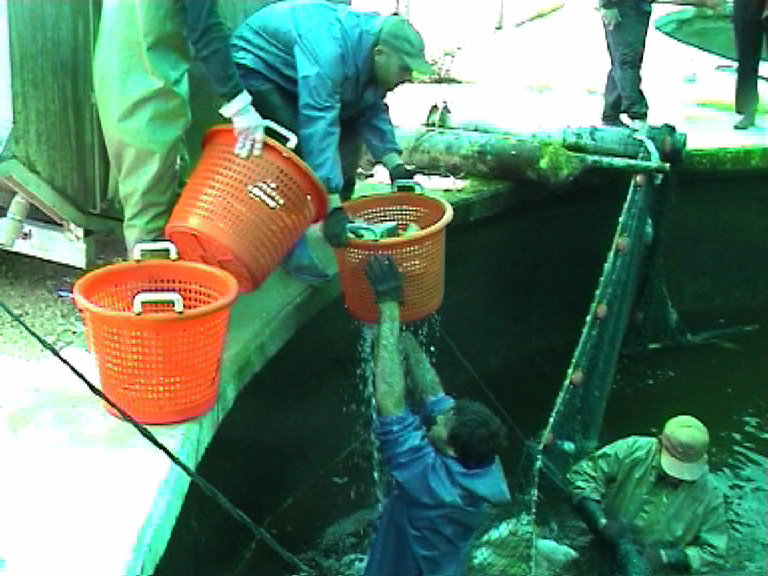Aquaculture, the raising of water animals and plants for human consumption, is a very ancient practice. Small-scale family fish farms operated over 25 centuries ago in Asia, originally in China but which later spread to India and Thailand. In fact, modern-day China is still the world’s number one producer of farmed fish and crustaceans. But ancient Asia is just one example, as old documents and archeological evidence indicate that aquaculture was practiced in Pharaonic Egypt, parts of Europe, Hawaii, and even perhaps in the southwestern United States.

Modern fish farming made its big push forward in the 1960s and 70s when increases in world population, food shortages, and declining natural fish populations stimulated the search for additional sources of high-protein foods. Moreover, improved technologies for growing fish and better understanding of fish biology and nutrition led to the design of highly effective approaches for their husbandry. At the same time, the demand for aquatic animals increased due to the growing appreciation in developed countries of the dietary advantages of eating fish over beef and pork. For these and other reasons, international development agencies began funding aquaculture in order to improve the economies, social structures, and diets of less-developed countries.
Aquaculture today is one of the fastest-growing sectors of world food production. According to recent data of the UN Food and Agriculture Organization, fish farming increased by 8.44 percent in 2004 to reach 59,869,723 metric tons, about a third of the world’s supply of commercial fish.
Previous section Next section